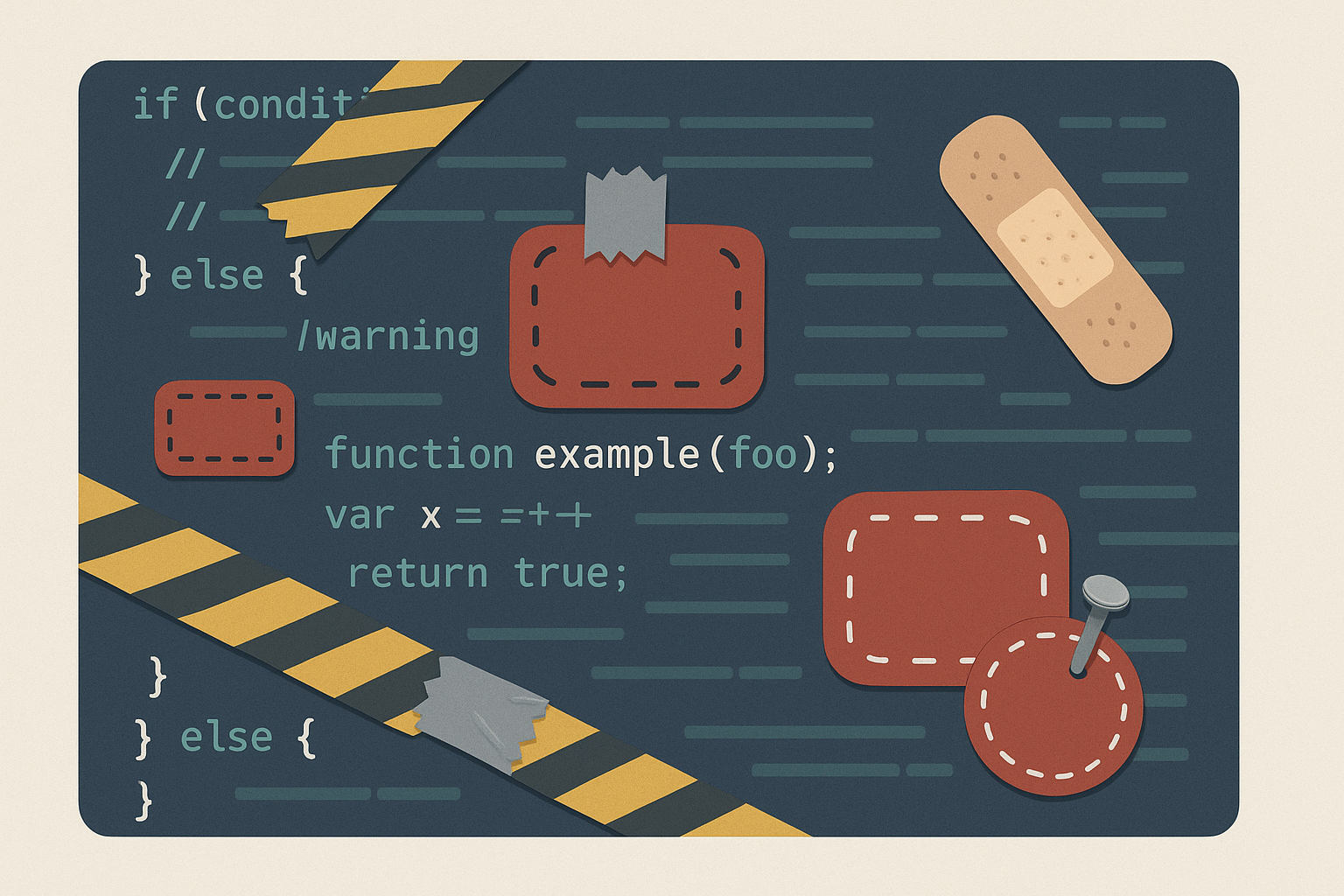Your AI Assistant Just Asked for the Office Key
We’ve watched Artificial Intelligence evolve from a novelty into an everyday tool that writes text, creates images, and answers questions. But that phase is already behind us. The real revolution shaping 2026 isn’t that AI can respond to our requests—it’s that it can take action on its own to solve our problems.
Enter AI Agents, the most advanced form of artificial intelligence. They’re no longer simple assistants; they’re becoming “virtual employees” with the ability to work autonomously, plan ahead, and execute tasks. If a chatbot is like an assistant waiting for instructions, an AI Agent is a manager who receives a goal (“Increase sales by 10%”) and builds its own roadmap to achieve it.
This shift—where AI doesn’t just offer suggestions but makes decisions for you and carries them out—is redefining what we understand as business efficiency.
How Does an AI That Works on Its Own “Think”?
The difference between a typical language model and an Autonomous Agent lies in its ability to run in a continuous work cycle. It doesn’t need you to repeat instructions at every step. Instead, it follows its own internal “methodology”:
- Goal and Planning: You give it a broad objective (for example: “Automate tomorrow’s pending payments”). The agent breaks that goal into smaller tasks like “Check inventory,” “Verify the invoice in the ERP,” and “Process the bank transfer.”
- Memory and Learning: It doesn’t forget what it did yesterday. It uses past experience to improve performance. If last week’s payment process failed due to an API error, the agent remembers and adjusts its approach this time.
- Tool Use: This is the game changer. The agent doesn’t just know what to do—it can do it. It interacts directly with company systems: connects to the web, uses management tools (APIs), and can even send emails to suppliers or employees.
- Reflection and Self-Correction: If something goes wrong, the agent doesn’t freeze. It stops, analyzes the issue, and redesigns its plan. This ability to self-evaluate makes it remarkably efficient and resilient.
Breaking Into the Workplace
AI Agents are moving beyond the futuristic concept stage and delivering concrete results. Their impact is especially clear in three areas:
- Proactive Tech Support: Instead of waiting for a customer to report a server issue, an agent detects anomalies in performance data, opens a support ticket, notifies the technician, and executes a temporary fix automatically.
- Business Simulation: Companies can create thousands of “virtual agents” acting like customers, testing how they’d respond to a new price or product. This enables businesses to trial complex commercial strategies without taking real-world risks.
- Financial Management (ERP): The agent checks and reconciles invoices, manages expense approvals, and ensures that all data matches across systems—delivering regulatory compliance without constant human supervision.
Finding the Balance: Control vs. Autonomy
For all their benefits, giving an agent complete autonomy raises questions around Governance. What if an agent, while pursuing its goal, makes a poor or unethical decision?
The key for 2026 is implementing digital “guardrails.” These are security mechanisms that limit what an agent can do and log every decision. Organizations must ensure they can trace the agent’s decision-making chain at any moment, preventing what’s known as agentic drift.
The Final Leap
The era of Agentic AI forces us to rethink the boundaries of automation. The organizations that invest in building these autonomy frameworks—with clear rules and robust controls—will lead operational efficiency in the years ahead. The future isn’t just automating tasks; it’s delegating goals.






